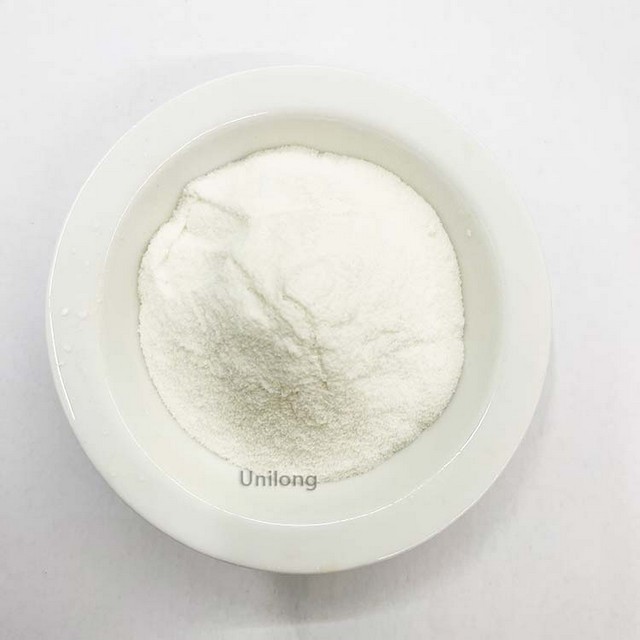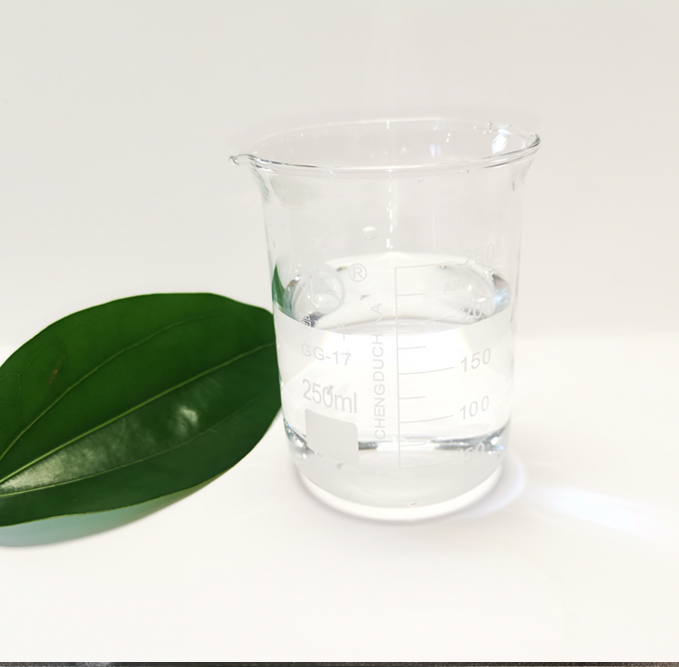Product name:PHBV
CAS:80181-31-3
MF:C27H42O12X2
MW:558.62
Synonyms:POLY(3-HYDROXYBUTYRATE-CO-3-HYDROXYVALERATE); POLY(3-HYDROXYBUTYRIC ACID-CO-3-HYDROXYVALERIC ACID); copolymer of (R)-3-hydroxybutyric acid + -valeric acid (9:1); copolymer of (R)-3-hydroxybutyric acid + -valeric acid 7/3; POLY(3-HYDROXYBUTYRIC ACID-CO-3-HYDROXY- VALERIC ACID), ; NATURAL ORIGIN, 12% PHV; POLY(3-HYDROXYBUTYRIC ACID-CO-3-HYDROXY- VALERIC ACID), ; NATURAL ORIGIN, 8% PHV; POLY(3-HYDROXYBUTYRIC ACID-CO-3-HYDROXY- VALERIC ACID), ; NATURAL ORIGIN, 5% PHV; COPOLYMER OF (R)-3-HYDROXYBUTYRIC ACID &; 3-HYDROXYBUTANOICACID-3-HYDROXYPENTANOICACIDCOPOLYMER; POLY(3-HYDROXYBUTYRIC ACID)/POLY(3-OH-VALERIC ; ACID)COPOLY/NAT/MW); POLY(3-HYDROXYBUTYRATE-CO-3-HYDROXYVALERATE) 12%-; POLY(3-HYDROXYBUTYRATE-CO-3-HYDROXYVALERATE) 20%-; POLY(3-HYDROXYBUTYRATE-CO-3-HYDROXYVALERATE) 5%-; 3-hydroxybutyric acid/ 3-hydroxyvaleric acid copolymer
What Is PHBV With CAS 80181-31-3?
Some people call it “green plastic”, which is the abbreviation for biodegradable plastic. PHBV refers to the copolymer of a new biopolymer, 3-hydroxybutyrate and 3-hydroxyvalerate. It is a biomaterial produced using starch as raw material and fermentation engineering technology. It is a biopolyester produced by bacteria, which can be digested by bacteria and completely decomposed into carbon dioxide, water, and biomass under soil or composting conditions.
Specification
| Item | Data |
| Specific Gravity | 1.25 |
| Melt Flow Index
|
10-25
|
| Yield Stress ( MPa) | 31-36 |
| Tensile Strength (MPa) | 39 |
| Elongation at Break (%) | 3.8 |
| Young’s Modulus(MPa) | 1600-2100 |
| Flexural Modulus (MPa) | 2200-2900 |
| Vicat Softening Temperature (℃) | 166 |
| Izod Impact (J/m) | 55-60 |
| Heat Deflection Temperature ( ℃) | 157-165 |
| DSC Melting Point (℃) | 175-180 |
Application
PHBV has complete biocompatibility and high barrier to water and gas, so it has broad application prospects in various fields such as medical materials (sutures, bone nails), film materials (plastic films, shopping bags, compost bags), disposable items (pens, tableware), packaging materials (especially food packaging), and so on. The raw material for PHBV production is corn, and China is a major agricultural country with abundant corn resources. The promotion of PHBV materials will undoubtedly make significant contributions to reducing human dependence on petroleum resources, curbing white pollution, controlling the greenhouse effect, and promoting sustainable socio-economic development.
Package
10kg/bag

Related Words
3-hydroxybutyric acid/ 3-hydroxyvaleric acid copolymer; PHBV; Poly(3-hydroxybutyric acid-co-3-hydroxyvaleric acid) natural origin, PHV ; content 8 Mol %; Poly(3-hydroxybutyric acid-co-3-hydroxyvaleric acid) natural origin, PHV ; content 12 Mol %; Biopol PHBV; Poly(3-hydroxybutanoate-co-3-hydroxypentanoate); Poly(a-hydroxybutyrate-co-a-hydroxyvalerate); Poly (3-hydroxybutyric-co-3-hydroxyvaleric acid)












